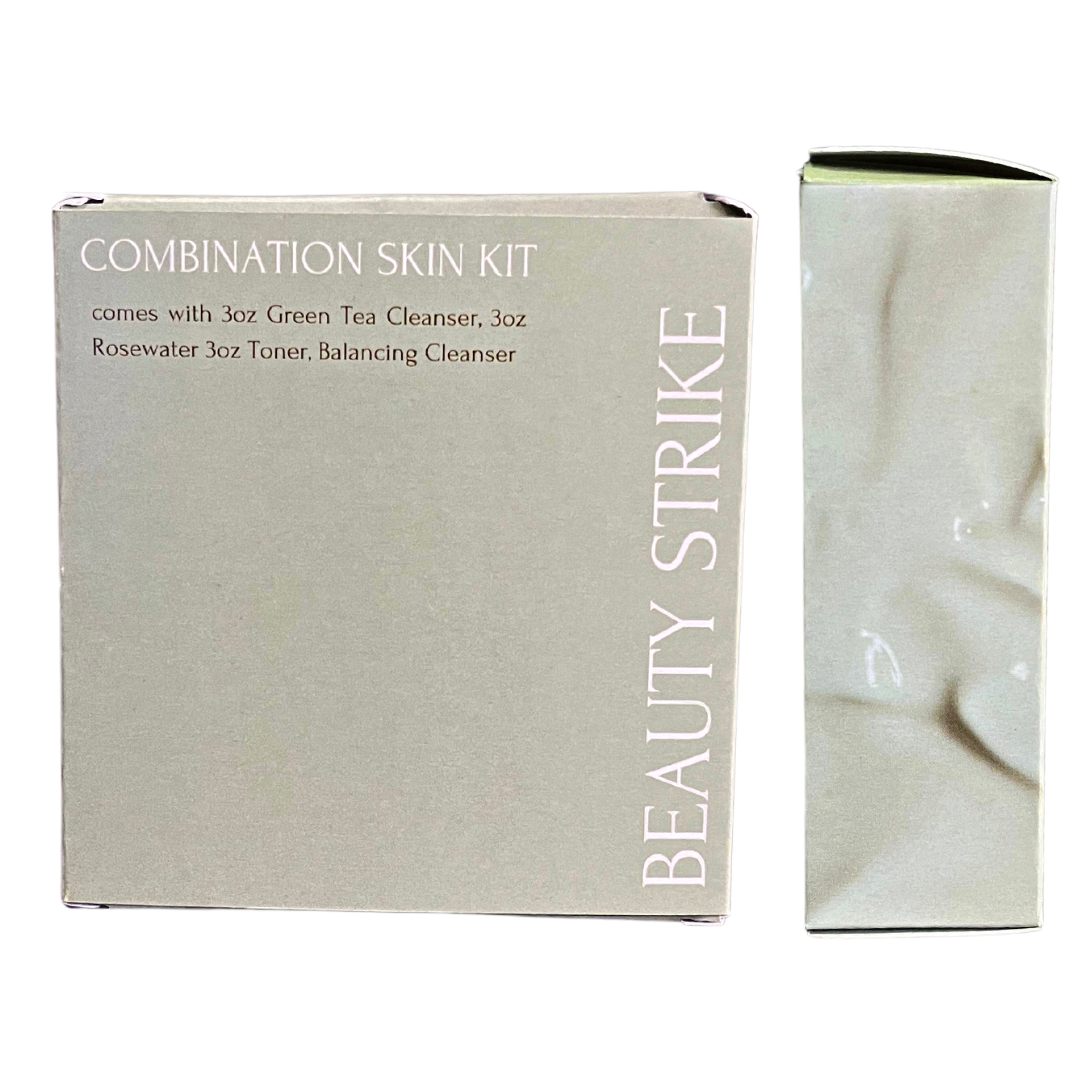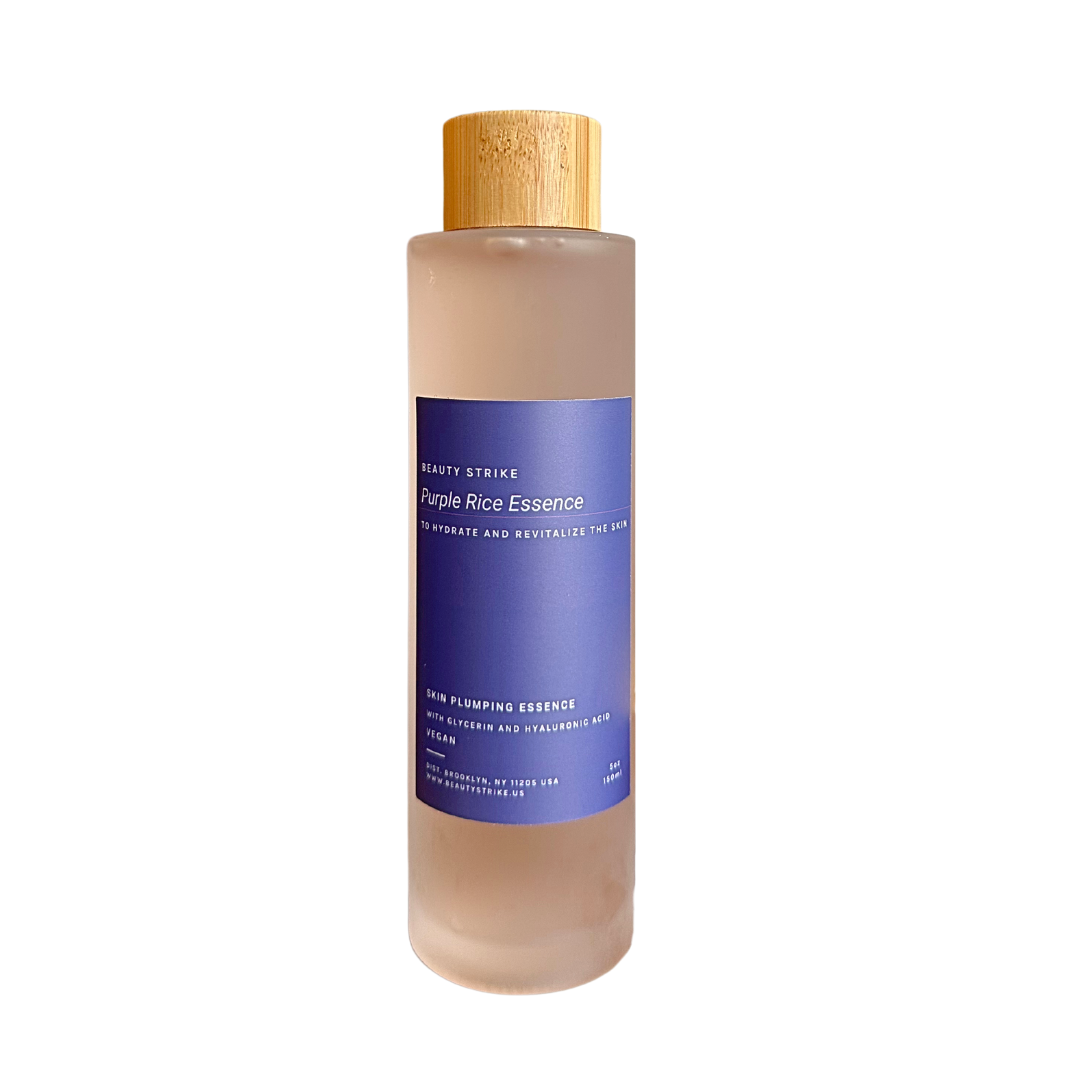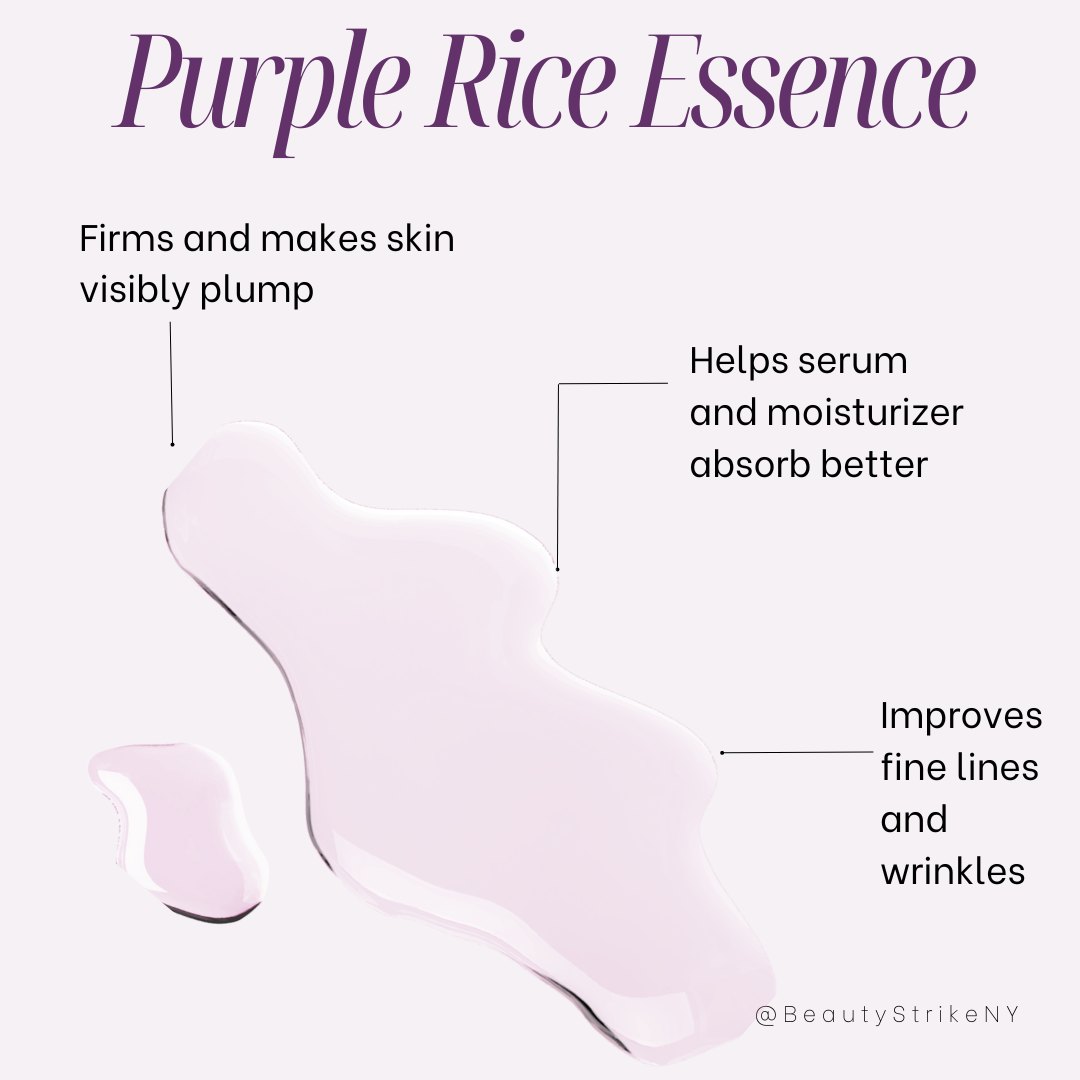Every year, as the weather gets warmer and the days get longer, people start to think about getting a chemical peel. Chemical peels are a popular cosmetic treatment that can improve the appearance of your skin by removing the top layer of dead skin cells. The result is smoother, brighter, and more youthful-looking skin. But before you book an appointment, there are a few things you should know about chemical peels. In this article, we'll give you an overview of what chemical peels are, how they work, and what to expect during and after treatment.
What is a chemical peel?
A chemical peel is a cosmetic treatment (typically administered by a dermatologist or licensed esthetician) in which an acid solution is used to remove the "damaged" outer layers of the skin. The strength of the acid and the duration of contact with the skin determine the depth of penetration and the results of the chemical peel treatment.
What are the different types of chemical peels?
There are three different types of chemical peels: light, medium, and deep. Light peels are the most superficial and are typically used to treat mild skin imperfections. Medium peels penetrate deeper into the skin and are used to treat more moderate skin concerns. Deep peels are the most aggressive and are used to treat severe skin imperfections. Chemical peels can be used to improve the appearance of wrinkles, fine lines, age spots, acne scars, and other skin concerns.
What can I expect during and after a chemical peel?
During a chemical peel, a chemical solution is applied to your skin. This solution makes your skin scab and peel off. The new skin that is revealed is usually smoother and less wrinkled than the old skin.
After a chemical peel, your skin will be sensitive to the sun. You will need to use sunscreen and avoid sun exposure for at least six weeks. You may also experience some redness, swelling, and peeling during this time. The results of a chemical peel can last for several months or more.
If you are considering a chemical peel, be sure to talk to your practitioner about your expectations and what you can expect during and after the procedure.
Who is a good candidate for a chemical peel?
A chemical peel can be a great way to improve the appearance of your skin. The best candidates for a chemical peel are people who have sun-damaged skin, wrinkles, fine lines, acne scars, or other blemishes.
How often should I get a chemical peel?
The frequency of your chemical peel treatments will depend on the strength of the peel. A light peel can be done every 4 to 6 weeks, while a medium peel should be done every 6 to 8 weeks. A deep peel should only be done once every 8 to 12 weeks. If you have a strong reaction to the peel, you may need to wait longer before your next treatment.
Skincare after a chemical peel
After you've had a chemical peel, it's important to take care of your skin to help it heal properly. For the first few days, avoid sun exposure and use a gentle cleanser and moisturizer. Once your skin has healed, be sure to use sunscreen when you go outside. A chemical peel can make your skin more sensitive to the sun, so it's important to take precautions to protect your skin.
Here is a video on chemical peels by our Head Esthetician
Here's a link to schedule your next chemical peel.




Leave a comment